
Don't want to miss a thing?
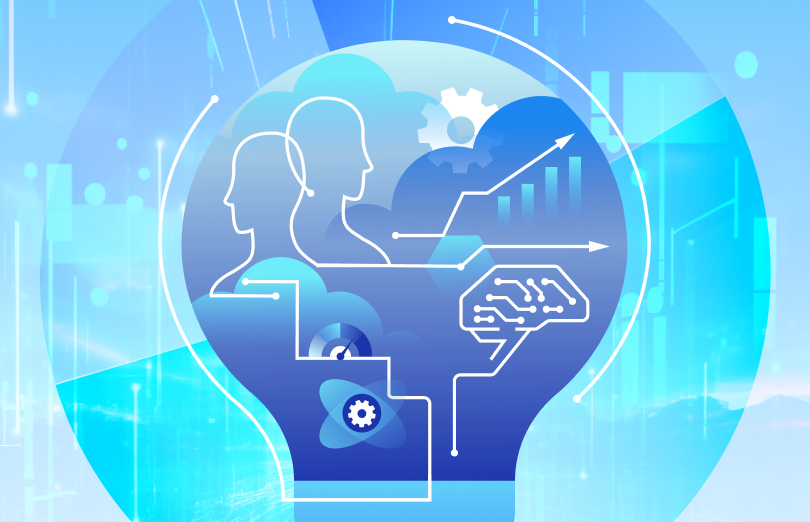
Artificial intelligence (AI) has the power to change everything about the way you do business. According to a recent PwC Global AI study, AI may contribute up to $15.7 trillion to the global economy by 2030. And as the early days of Generative AI unfold, it’s clear that AI transformation is complex, expensive, and risky. It requires major business transformation around technology, talent, and culture. And as with any business transformation comes significant ethical and reputational risks and pressures to show tangible returns on investment.
Every AI journey is unique and tailored to fit an organization's initial position, situation, and goals. However, there's a common element shared by the trailblazers of widespread AI adoption, per insights from BCG. These pioneers commonly give 10% of their AI initiatives to algorithms, 20% to the fundamental data and technology infrastructure, and a predominant 70% to business and people transformation. Known as the 10/20/70 rule, it’s believed to be a best practice in your AI approach.
AI transformation also requires the mobilization of a wide range of stakeholders. It’s not surprising that chief technologists play a significant role in an organization’s AI oversight, while diligently working with other primary stakeholders.
Regardless of the use case you’re pursuing (cost reduction, speed to execution, reduced complexity, or fueled innovation), your AI initiatives may require deep business process changes; new skillsets, roles, and organizational structures; and new ways of working — all of which make your HR leaders critical stakeholders in the AI journey.
Based on SoftServe research and experience, it’s SoftServe’s belief that HR and talent leaders drive AI transformation for the enterprise in three separate ways:
- They provide input on the AI vision.
- They drive the AI talent strategy.
- They help build the right AI culture.
Provide input on the AI vision
Building an AI strategy inclusive of Gen AI requires a rigorous approach — from developing a business-driven vision to planning which initiatives to adopt and why. Organizations tend to develop their AI strategies primarily in collaboration with the chief analytics officer, chief data officer, chief digital officer, or their equivalent.
However, HR and talent leaders willingly provide input as you set Gen AI goals. They identify benefits and success metrics, tie your Gen AI vision to business impacts, assess and mitigate major AI risks, prioritize Gen AI initiatives, and navigate various AI adoption patterns.
Organizations typically work with their HR and talent leaders when creating a business case, thinking about what skills and investments they need to solve a specific problem. For example, HR leaders design and staff the AI cross-functional team, sketch major themes of workforce transformation, which quantify impacts, and align leadership on a change and culture narrative specific to AI.
Chief human resource officers (CHROs) and chief people officers (CPOs) at some organizations ask for ideas from their workforce as they decide to buy or build their AI applications and ensure they’re focused on the right problems.
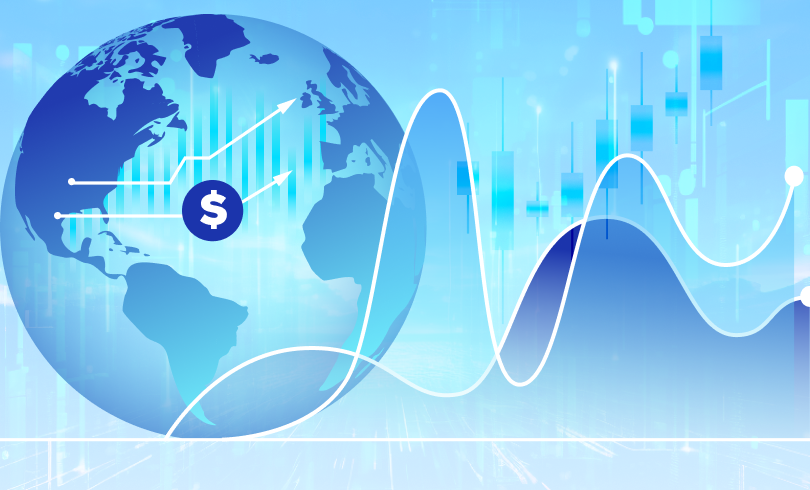
Walmart CPO Donna Morris, for example, realized the potential of AI early on. Morris was one of the champions to prioritize and invest in AI technology. She was deeply involved in Walmart’s AI strategy and vision. As a stakeholder, she sponsored to build a cross-functional product team.
In 60 days, the team developed the minimum practical product for Walmart’s new Gen AI-powered My Assistant, which improves productivity for the company’s 50,000 U.S.-based corporate employees.
The takeaway: Bring in your HR and people leaders early into your AI vision and roadmap development. This will ensure you have a diverse group of stakeholders who stand for various parts of your business. By involving your CPO or HR officer during the process, you will better understand and mitigate challenges associated with AI adoption, such as talent scarcity, employee resistance, and future work trends.
Drive AI talent strategy
A well-designed and robust AI talent strategy is essential for any organization to ensure it has the right talent in place to meet long-term business goals. HR and talent leaders must design the workforce of the future, transforming individual roles and skills, while rewiring the enterprise operating model.
Organizations with an AI talent strategy that evolves to keep pace with market or business needs around hiring, talent acquisition, and retention will hold a long-term AI advantage.
Your organization’s AI strategy and vision are essential to select focus areas for your AI talent roadmaps. An AI talent strategy will translate your AI strategic priorities into talent practices and supply answers to the following questions:
- What type of core and adjacent skills do we need to build an AI-enabled workforce of the future?
- What is the level of our employee competency in AI-related skills?
- How do we find, measure, and close any skills gaps in digital fluency?
- What upskilling and reskilling programs can we offer to our employees?
- Is our employee value proposition unique and compelling enough to attract AI talent?
- How can we develop and articulate a compelling career path for AI professionals?
In a fiercely competitive AI environment, organizations must think proactively about how to attract talent. Some organizations use specialized AI recruiters, tailoring hiring processes and compensation packages to meet AI talent needs. Others ensure they articulate to AI candidates a detailed data strategy that highlights clear advancement opportunities.
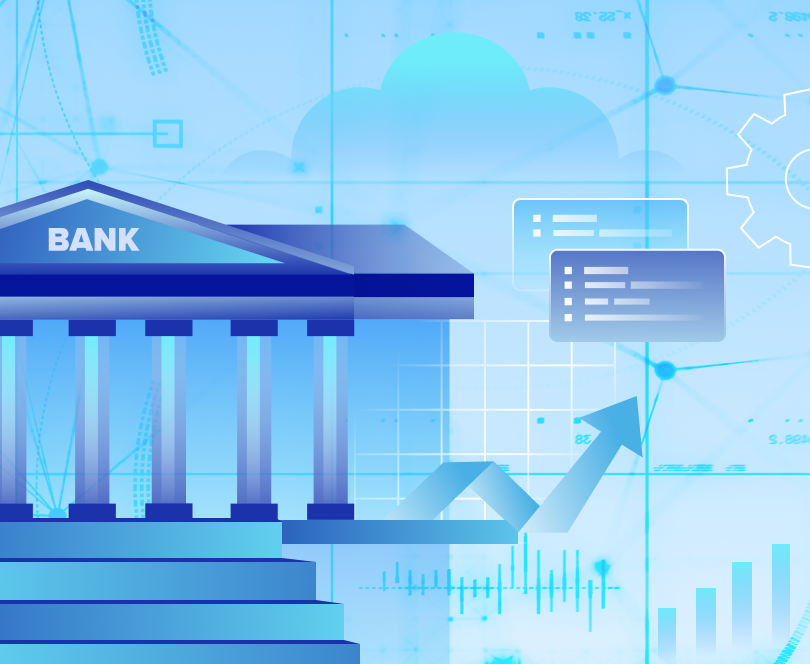
For example, JPMorgan Chase adopted the approach taken by tech firms: Enable industry-leading talent to combine ongoing publication of academic research with opportunities of working at one of its banks. To elevate its employer brand in the AI community, the bank has also announced its J.P. Morgan AI Research Awards, which empower the best research thinkers across AI.
Royal Bank of Canada, together with its HR team, re-thought AI talent management. As a result, it launched the Tech @RBC platform and community, which promotes the bank’s job offerings with roles and titles aligned to the broader tech talent market.
HR and talent leaders understand that talent is at the heart of the AI journey for organizations. So, they work with the C-suite to ensure people are central to its AI strategy. As the adoption of AI increases, the value of skills that can’t be replicated by machines also increases. These include creativity, leadership, and emotional intelligence.
HR teams work with the business to make sure a proper mix of skills is developed by their employees. It also prepares organizations for a hybrid workforce, where AI and humans work side-by-side.
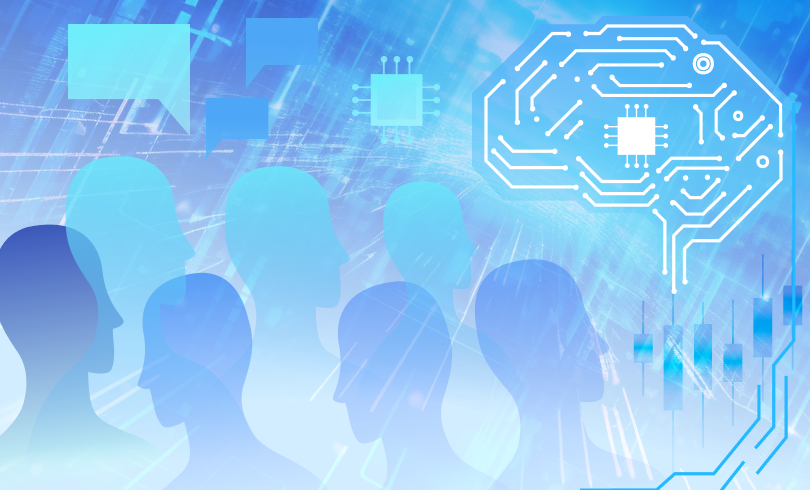
Look at ING’s example. The bank found its need for AI training and retraining initiatives. In partnership with a training provider, it developed the Global Analytics Academy, which is available to all ING employees. ING’s head of HR strategy and people analytics shared that this resulted in a full, 24-day data and AI accelerator program for its advanced analytics team. More than 5,000 employees have been trained and certified in use cases and applications of data and analytics.
The takeaway: To capture the most value from your AI investments and stand above your competition, work with your HR and talent leaders to produce a clear and compelling AI talent strategy. It must address your approach to attract, develop, and keep your existing and potential AI talent.
Build the right AI culture
AI's transformative power is not just about the technology. It’s also the way organizations apply AI toward their unique goals. Organizational culture can accelerate the application of AI, amplify its power, and steer you away from risky outcomes. A healthy data culture and culture of innovation and agility is more crucial now.
Goldman Sachs economists predict that 300 million global jobs may be eliminated through Gen AI. This causes a lot of anxiety among workers. So, it’s essential to assess your organization's culture and readiness for change.
According to a Gallup survey, the workforce is unprepared for the coming AI transition, and most surveyed employees are skeptical of AI’s potential. Numerous studies show that the primary reason for employee reluctance toward AI is because of the time it takes to learn innovative technology. This is followed by the fear of job loss and bias in the content.
When asked about the biggest challenge they face in pursuing digital strategies, 46% of financial services executives pointed to the cultural and behavior change, according to McKinsey research.
Organizations must adequately prepare their employees for this transition. It will require a technological shift and a cultural one. Organizations’ HR leaders understand the culture and, thereby, set expectations about how jobs will be affected. And they support the implementation of innovative ideas and a unique way of doing things.
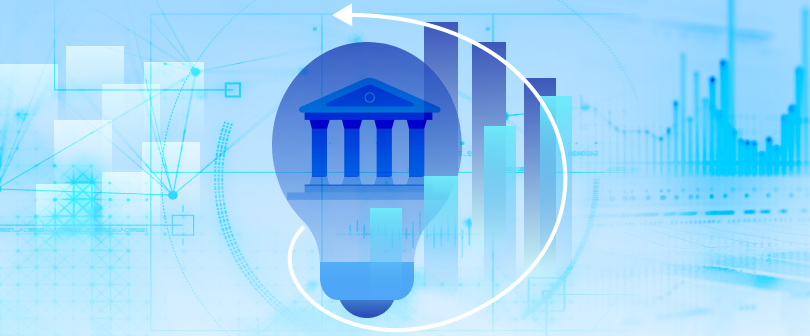
In early 2023, Morgan Stanley announced its new tool AI @ Morgan Stanley Assistant to support financial advisors who navigate more than 100,000 research reports and documents. The bank’s head of innovation and chief operating officer said that its culture of innovation and culture of change needed the most focus.
HR and people leaders support businesses in their AI culture evolution efforts by targeting specific behavioral changes that potentially drive desired business outcomes and ensure leadership delivers consistent messages and clarity across company channels.
The talent community shares that it’s equally important to build a culture of trust when designing, developing, and deploying AI. Employees of organizations that promote trust demonstrate agility, even if they do fear change. This translates into faster adoption and scaling of AI.
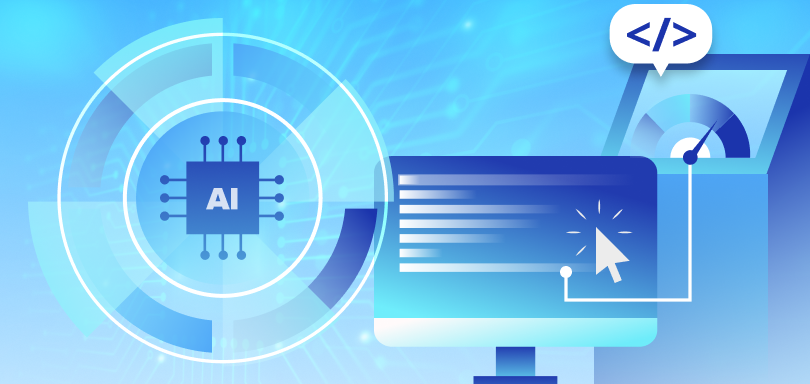
Take this example from Deutsche Bank: Currently, it’s testing an AI-based tool to detect signs of misconduct by its traders. The tool analyzes words during phone conversations and the tones of their voices. The bank’s culture of trust and innovation will be a decisive factor in making sure its employees understand the bank’s approach to AI is trustworthy, responsible, and with good intentions.
The takeaway: Trust, agility, and a culture of innovation develop the right AI culture. Your HR and talent leaders play a strategic role to build and sustain your AI culture that will encourage creativity, experimentation, and innovation while helping your workforce overcome anxiety. To find critical focus areas, HR leaders will distinguish between those segments of your organization that quickly transformed from AI, where cultural adjustment is urgent and where change is slow.
Conclusion
AI transformation delivers compelling business results. But to make the most of it, your organization must take a comprehensive approach. By blending strategy, process revamping, and both human and technical skills with a trusted AI technology partner like SoftServe, you will develop the foundation of an AI-powered organization with outcomes that drive your business forward.

